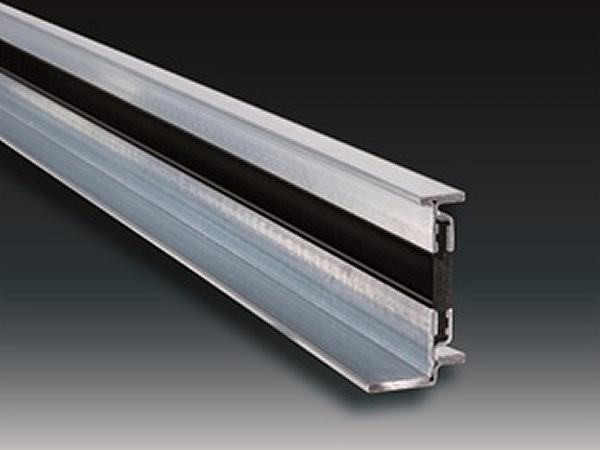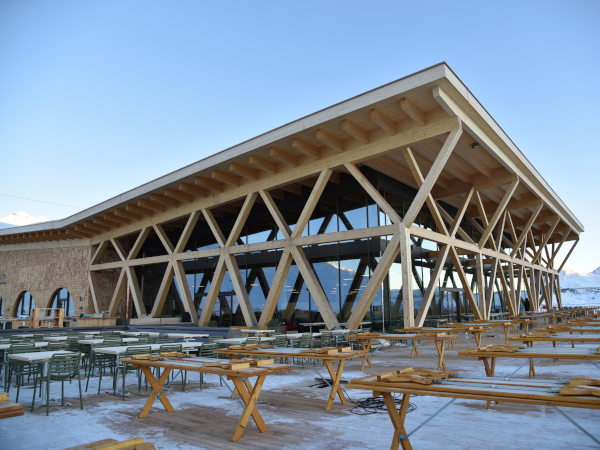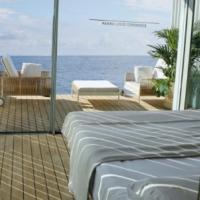
Date: 25 November 2016
The drive for energy efficient, low carbon buildings has upped the ante when it comes to specifying products and materials.
As insulation standards get even higher, attention is concentrated on areas of the structure that are relatively colder.
Where these ‘thermal bridges’ occur, they not only result in heat loss but also, potentially, attract condensation.
Modern double-glazed steel windows minimise these problems. Now the industry has gone a step further and introduced the W50Therm steel window which is supplied by members of the Steel Window Association.
This system is based on highly engineered, thermally broken steel sections. Importantly, these have been designed to be as similar as possible to solid, hot rolled steel sections of the W20 and W40 steel windows which, as the bedrock of steel window manufacturing, are key to the aesthetic of so much of our built heritage since the 1920s.
Both the W20 and W40 ranges comply with current building regulations for thermal performance and offer incredible versatility.
Rather than replacing these steel window profiles, the W50Therm extends the range of solutions and lends itself to heritage buildings as well as outstanding contemporary architecture.
Initially at least, it is likely to be employed in top end commercial buildings where the highest thermal performance is required but the essence of the classic profiles of the W20 and W40 needs to be retained.
Independent test results confirm the superior thermal performance offered by the W50Therm with a U-value of 1.5 W/m²K or better achieved, depending on the glazing system used.
For designers, the W50Therm not only offers superior thermal performance, it also provides all the benefits traditionally associated with steel windows: slender profiles, clear sight lines, big panes of glass, good light transmission and large opening windows.
As with the vast selection of other steel windows, doors, screens and internal partitions that are available, Steel Window Association members can manufacture, supply and install W50Therm products.
State-of-the-art manufacturing technology is used in the production of the W50Therm. The outer profiles, made from cold formed steel, are joined by an innovative high-density polyurethane isolator used as a thermal barrier.
The profiles offer the possibility of housing high-performance double pane glass from 21 to 37 mm.
Any kind of inward or outward opening is possible: side-hung, double-vent, bottom-hung, top-hung or projected top-hung, horizontally and vertically pivoted windows, as well as large sliding and folding doors.
As with the W20 and W40 windows, a wide range of handles and stays is available to complement the windows in both traditional and contemporary styles.
Concealed frictions hinges and multi-locking systems may also be used to provide the highest level of security. The glazing units can be specified to achieve the same decorative aesthetic as in the past with clear, leaded and heritage styles available.
For the industry, specifier and ultimately the end user, the introduction of a thermally-broken product opens many new opportunities and secures an exciting and continuing place for steel windows at the forefront of fantastic architecture.
 600450
600450














Add new comment